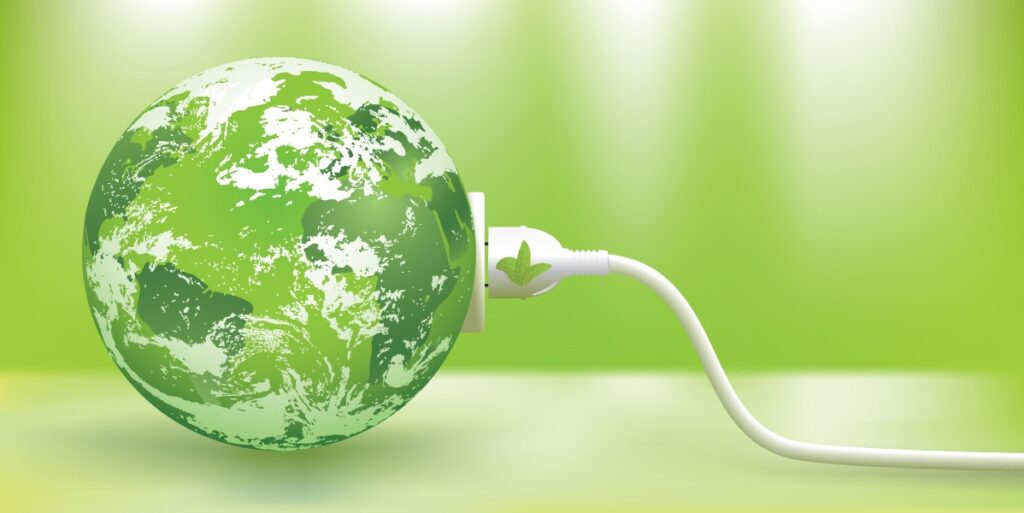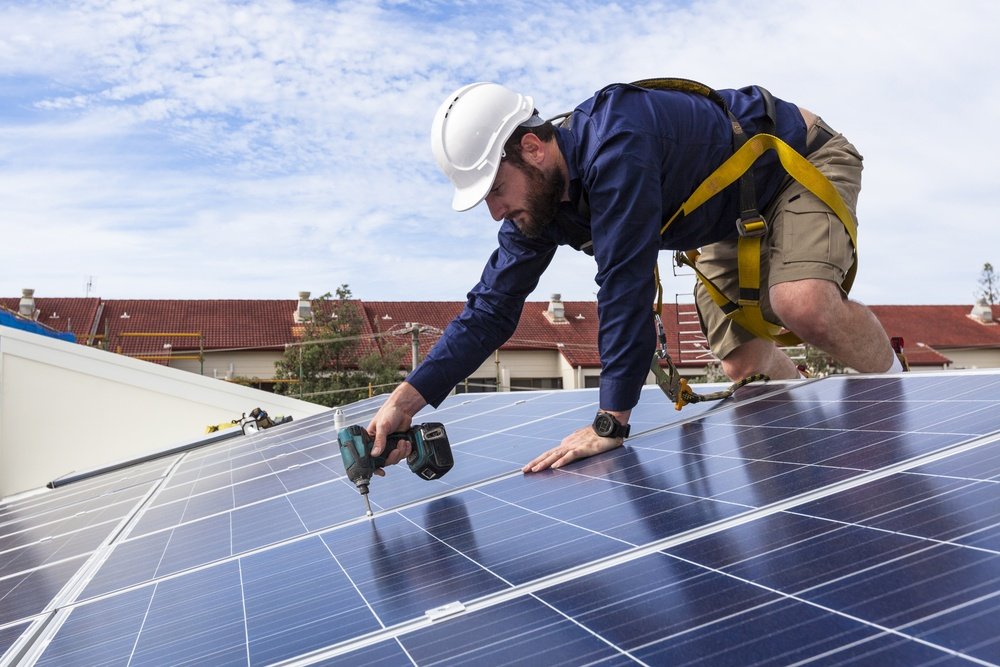Discover Renewable Energy Credits In Your State
 If you’re interested in buying a new home, you may be interested in finding out how you can save some money by purchasing an energy-efficient home, or buying a home with the intention of doing some energy-efficient upgrades. Each state has its own requirements for eligibility and not all states are made equal when it comes to the programs that you have at your disposal, but doing your research in any situation can help you save some money and save some energy.
If you’re interested in buying a new home, you may be interested in finding out how you can save some money by purchasing an energy-efficient home, or buying a home with the intention of doing some energy-efficient upgrades. Each state has its own requirements for eligibility and not all states are made equal when it comes to the programs that you have at your disposal, but doing your research in any situation can help you save some money and save some energy.
Where to Look For Your State’s Energy Efficiency Incentives
As renewable energy has become more and more popular, it shouldn’t be a surprise that there are plenty of resources at your disposal where you can find out about rebate programs and renewable energy credits that you may qualify for. Here are a few ways to get some more information.
Database of State Incentives for Renewables and Efficiency
Your one-stop-shop to find out a lot of information of the rebate and incentive programs offered by your state is the Database of State Incentive for Renewables and Efficiency (DSIRE). This website has a very user-friendly, clickable map that you can use to find out more information on any of the programs that your state offers.
Energy.gov
Energy.gov is a very useful resource that cannot only give you information on the types of rebates and incentives, but can also give you further information on your state’s energy profile, information on the impact of state-run programs, and give you the necessary guidance of identifying the incentives and how you can become eligible for them.
Ask Your Installer
If you’re already in talks with a solar or renewable resource installer, they can be a great source for information of all the incentives that you may be able to benefit from based on your state. These are, obviously, selling points for their services, so they should be able to give you some information regarding the programs.

The Best States For Energy Efficiency Incentives
Every year, the American Council for an Energy-Efficient Economy puts together a ranking of all the states based on the incentives available to residence for using renewable energy or energy efficient appliances in their home. This scorecard looks at the amount of incentives the state government offers to residential and public buildings, building standards, infrastructure standards, utility programs, transportation emissions standards, and appliance standards. Below is a list of some of the states that succeed in incentivizing energy efficiency.
California
It should come as no surprise that California tops this list, albeit in a virtual tie with Massachusetts. Not only is California the leading state in research concerning renewable energy, it is also home to the most energy efficiency incentives in the country, with a total of 187, according to DSIRE. These include incentives like the renewable energy rebate program and the New Solar Homes Partnership, which offered $400 million of incentives for homeowners to install solar panels. As such, California excels at providing a high level of renewable energy to the consumer, as roughly 22.7% of on-grid energy is renewable.
Massachusetts
Massachusetts finds itself near the top of the ACEEE rankings each and every year, and 2016 is no different. One of the main reasons is that the state offers free home energy assessments to its residence, allowing homeowners to inform themselves of how energy efficient their home is with no out-of-pocket costs. The state also offers financing and tax incentive programs and offers a wide range of rebates, on everything from energy-efficient refrigerators to construction of brand new homes. All the information is easily accessible on Masssave.com, which puts the power directly into the consumer’s hands.
Vermont
Massachusetts’ New England neighbor is not to be outdone; Vermont also ranks very high in its energy efficiency and offers significant rebates on appliances through Energy Star. Residents are also offered tax credits and incentives for energy efficient systems and they even have the option to opt into the Cow Power program, which is run by Green Mountain Power, and turns cow manure from local farms into a fuel to help power the grid.
The Worst States For Energy Efficiency Incentives
If there’s a list of the best, that you can be sure there is a list for the worst, so here are a few states that don’t measure up to the competition.
North Dakota
While the population still hangs under 1 million people, North Dakota actually saw the highest increase in population since 2011, but that doesn’t seem to translate when it comes to ideas of energy efficiency. In fact, indications are that North Dakota doesn’t seem all that interested in energy efficiency, as it is not reflected in public policies and crude oil production actually increased 170% between 2010 and 2013.
Wyoming
If you knew that Wyoming has the most energy consumption per capita in the United States, then it probably doesn’t come as a shock to you that it finds its place on the bottom of the energy efficiency list. The fact of the matter is that Wyoming offers no incentive programs (as of 2014) for utilities to implement energy efficiencies, and there are no research programs being conducted within the state on the issue of efficiency. There is some rebate programs offered to the consumer through the utility companies, however, but it’s still not enough to keep the state out of the basement of these ACEEE rankings, as they only offer one loan and two grant programs for energy efficiency programs.
South Dakota
Despite having one of the smallest populations in the union, South Dakota ranks high in producing pollution gas, including nitrogen oxide, sulphur dioxide, and carbon dioxide. There are also very few state-led energy efficiency programs offered in the state, and savings and incentives offered are well below the national average. South Dakota actually took a step back from the previous year, as it lost an entire point in its overall ACEEE score.
Regardless of whether you live in a state like California or a state like South Dakota, moving towards a more energy-efficient existence is always a good idea. Take advantage of the incentive programs and the renewable energy credits you have at your disposal and you can see that being more green doesn’t have to mean you have less green.


